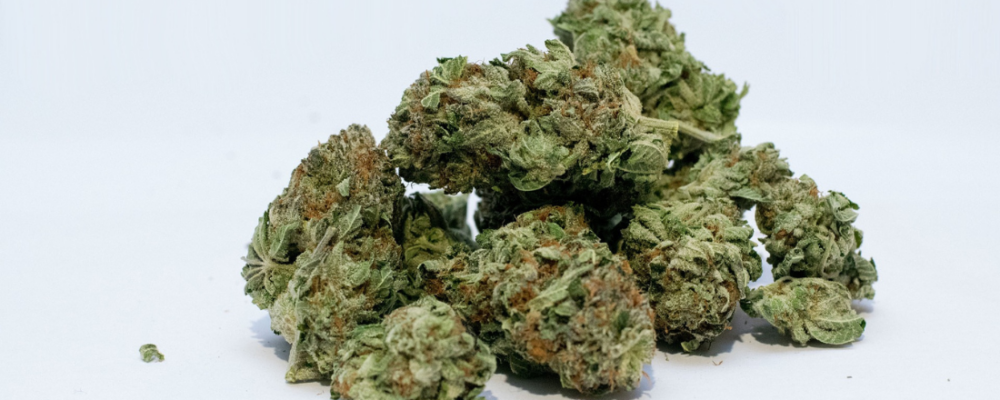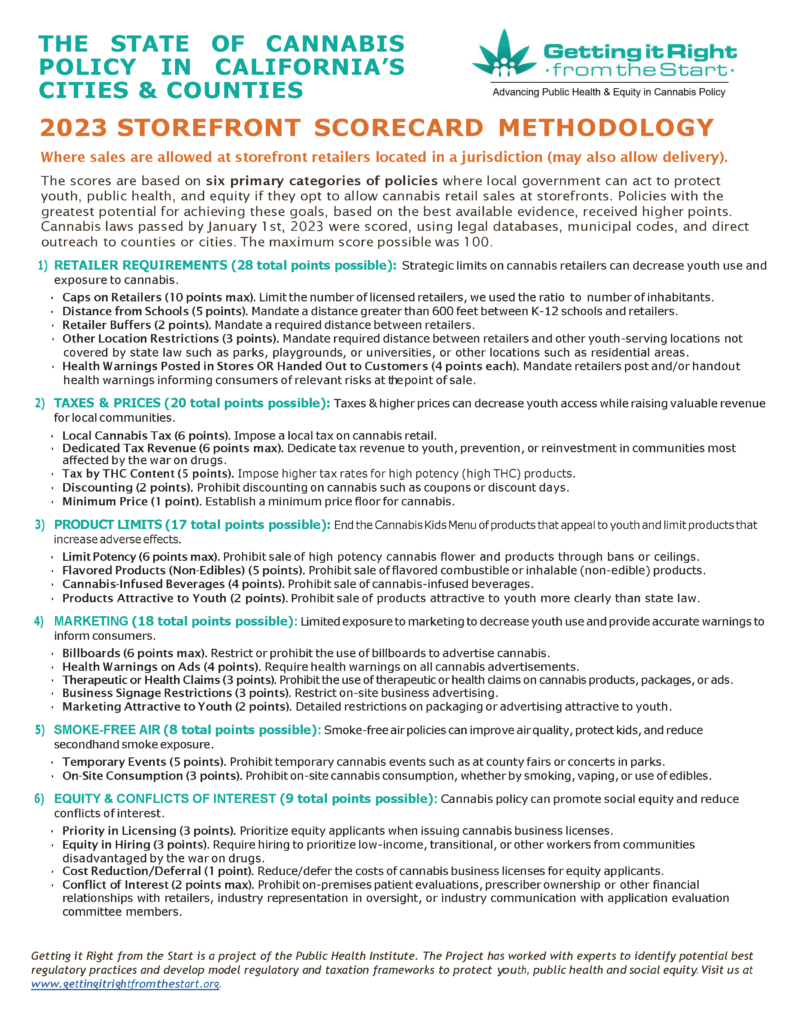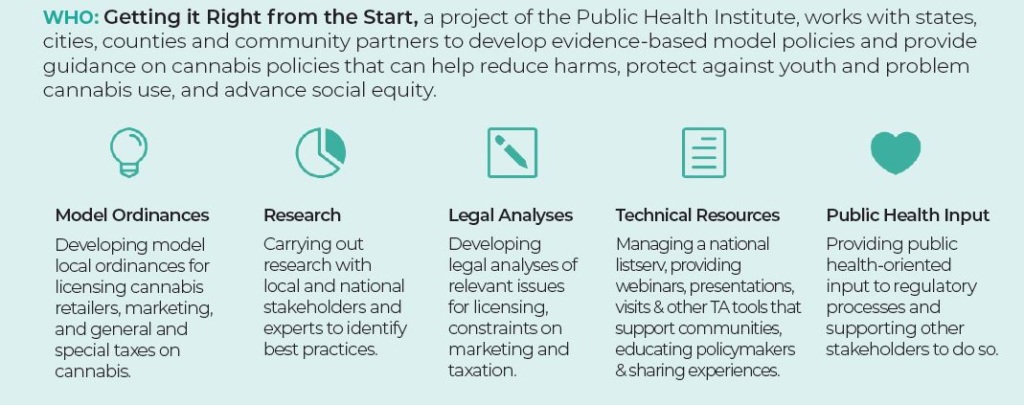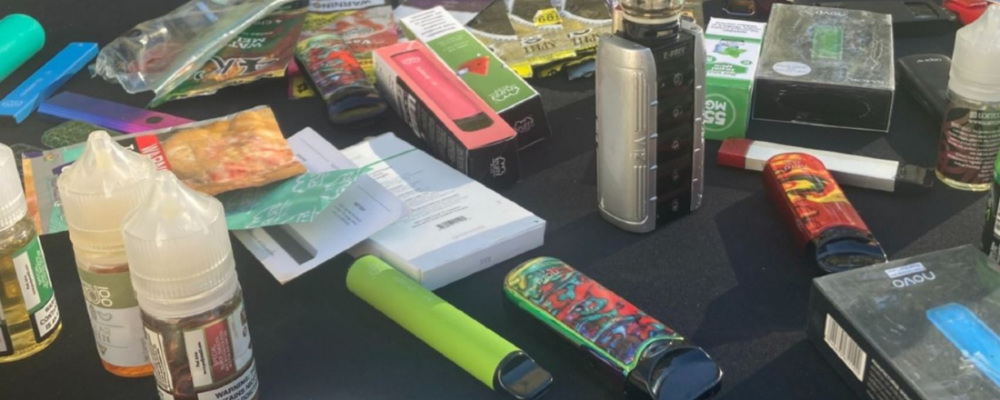
The State of Local Cannabis Policy in California Cities & Counties: 2023 Scorecards
-
Focus Areas
Alcohol, Tobacco, Drugs & Mental Health, Healthy Communities -
Issues
Cannabis -
Expertise
Public Policy Advocacy, Research – Survey -
Programs
Getting it Right from the Start: Regulation of Recreational Marijuana

The legal cannabis market in California has grown enormously. What are communities doing to protect youth, public health and equity? These scorecards, produced by PHI’s Getting it Right from the Start, evaluate the policies passed by California cities and counties that allow cannabis sales, rating them on a 100-point scale.
The Scorecards highlight jurisdictions that are making positive steps in adopting cannabis regulations that protect youth, public health and equity—and demonstrate the gaps in protections in many other localities. This provides policymakers, health advocates and others the only comprehensive guide to understanding and comparing the policies and trends on cannabis regulations throughout the state.
Explore the Scorecards
Learn more: Review the scoring methodology; see best practices in action, explore scores by region; or view the full press kit and fact sheet.
Fall 2023 Updates
The scores are based on six primary categories of policies where local government can act to protect youth, public health, and equity if they opt to allow cannabis retail sales at storefronts. Policies with the greatest potential for achieving these goals, based on the best available evidence, received higher points. Cannabis laws passed by January 1st, 2023 were scored, using legal databases, municipal codes, and direct outreach to counties or cities. The maximum score possible was 100. See more highlights:
- 77% (a 6% increase from 2019) of jurisdictions allowing storefront retailers limited the number of outlets.
- 74% of jurisdictions allowing storefronts established stronger buffers than the state to distance storefront outlets from schools and youth.
- 175 (9% increase from 2019) jurisdictions enacted local cannabis taxes, which remained low and stable at only 5%, yet only 21 spent these revenues on substance abuse prevention, youth programs, or mitigating the impact of the war on drugs.
- Most jurisdictions kept storefront retailers smoke-free and a growing number (72) prohibited temporary cannabis events such as those in parks or markets, though 49 (up from 35 in 2019) went backward on smoke-free air by allowing on-site cannabis consumption, bringing back the era of “smokefilled rooms.”
- Only 36 jurisdictions had specific policies for equity in hiring or licensing, but this is up from six in 2019, demonstrating the limited priority given to economic equity.
Model Policies for Local Governments
To assist local governments, Getting it Right from the Start offers model policies for cannabis retailing, marketing and taxation that cities and counties can adopt. They also offer complementary resources and expert technical assistance to state and local regulatory agencies, policymakers and their staff, as well as community organizations and advocates.
See previous scorecards
The 2022 Scorecards revealed that the statewide average score was 21 of 100 possible points (the same as 2021) across all jurisdictions allowing storefront retailers, and only 11 for those allowing sale only by delivery—illustrating the enormous space for local action. See the 2022 Scorecards.
Originally published by Getting it Right from the Start
Work With Us
You change the world. We do the rest. Explore fiscal sponsorship at PHI.
Support Us
Together, we can accelerate our response to public health’s most critical issues.
Find Employment
Begin your career at the Public Health Institute.




